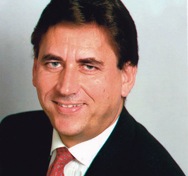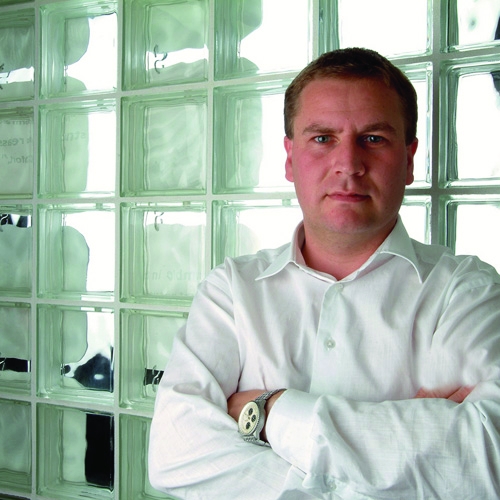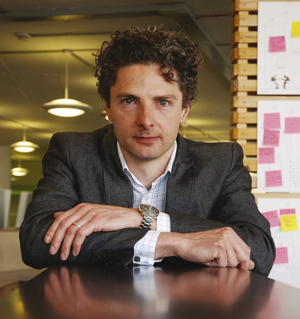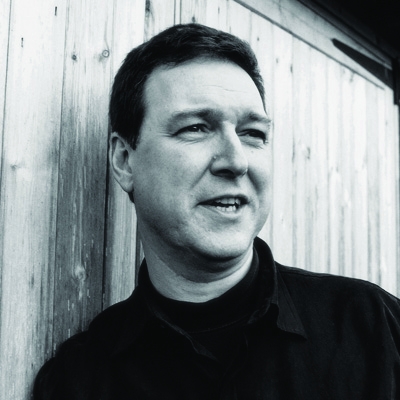Editor’s blog
A week may, as former Prime Minister Harold Wilson said, be a long time in politics. But for design’s politicians the past few weeks surely constitute an eternity.
Much has been resolved now though, with the Design Council changing status to become a charity affiliated more closely – and probably moving in with – innovation body Nesta, which is also undergoing a status change. It was, by all accounts, touch and go for David Kester and his team, many of whom still face redundancy as the council has its budgets reduced and is forced to slim down.
Most established design groups get the argument about running a lean team, having suffered the pain of cutbacks over years of economic fluctuations, and it’s no bad thing for the Design Council to do it too. Those in design who have worked with it talk of unwieldy Civil Service-esque processes, of time-wasting indecision and of jargon that few can understand.

A trimmer organisation in every sense can only be good all round and we welcome Martin Temple’s review to Government, which promises more rigour for the organisation. As Kester says, it’s not now about the ‘what’ the council does – it was getting a lot of that right – but about the ‘how’ it does things.

It hasn’t all been bad at the Design Council, though. It has achieved much over the past couple of years, particularly in promoting design in the public sector, in education and on issues such as healthcare, crime and climate change. The tragedy is that its deputy chief executive David Godber, who has spearheaded the enterprise side of its work, is quitting, in a move unrelated to the Temple review and Government cuts, to join a Danish renewable energy firm. It now falls to his cohorts Mat Hunter, Lesley Morris and Ellie Runcie to continue that good work.

What happens to the Design Council as a charity – and how many of its council members are prepared to swap roles to shoulder the responsibilities facing charity trustees – remains to be seen. There has been talk though of it engaging in design representation in its new guise, not least by Temple in the course of his review.
The council’s continuing Government functions mean it couldn’t become a membership body like D&AD, the Design Business Association or product design lobbyist British Design Innovation – now fielding Gus Desbarats of Alloy as its welcome first chairman. But it could work to bring them together – as it did in the mid-1990s when then chief executive Andrew Summers and design director Sean Blair were active players in the Halifax Initiative to give design a single voice.

What do you think of this notion? Is there a role for the Design Council there? Or is design representation best left to existing representative bodies in London and across the regions? I’d welcome your views.
-
Post a comment




